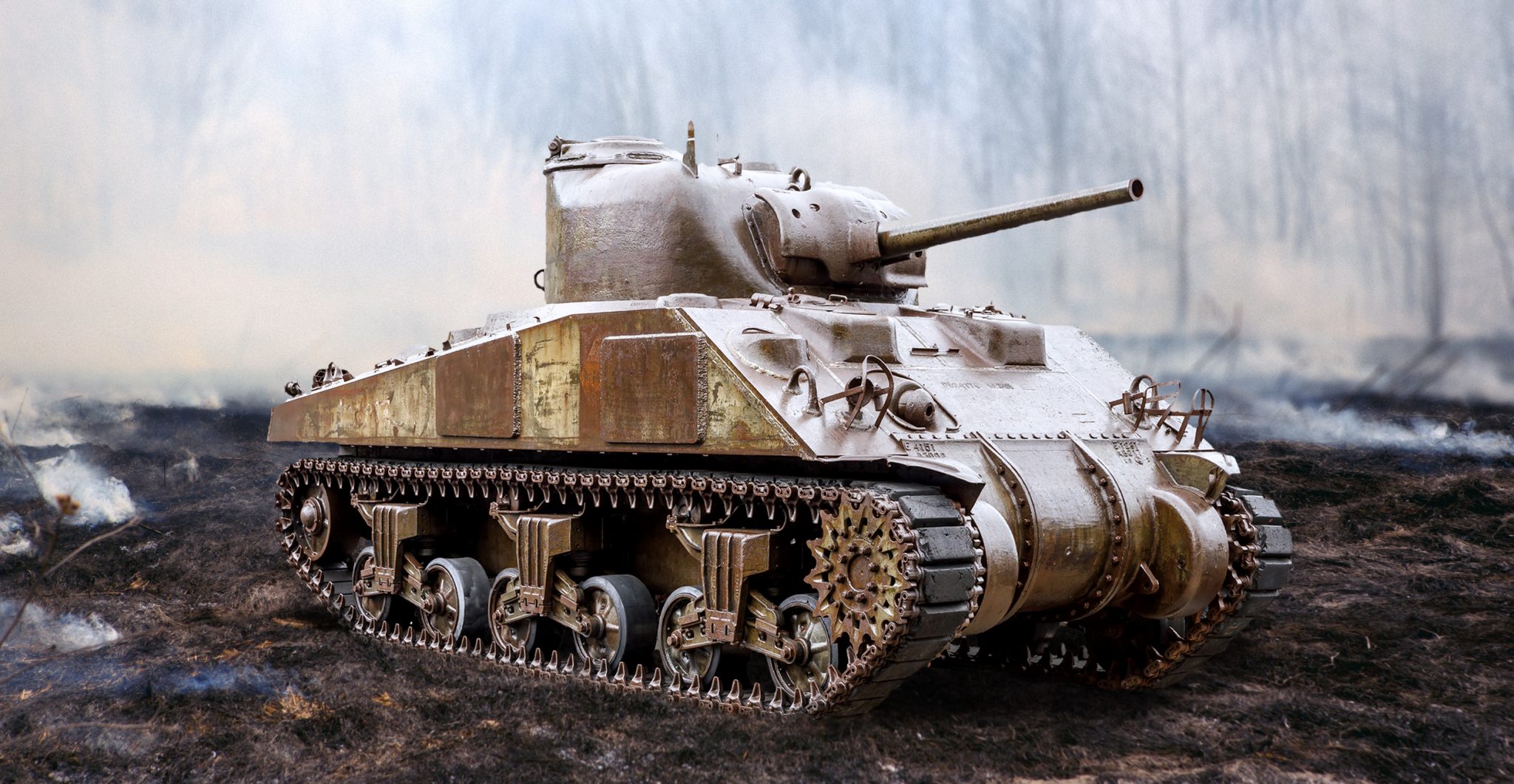Michael Green has had a busy year by the look of things because he is back with another instalment of his illustrated histories produced under the Images of War banner. Previous outings have always been substantial and impressive books prepared with a strong degree of authority. Nothing has changed.
I half expected this volume to offer potted histories of the sixteen armoured divisions created by the US Army during World War II, but I was way off with that notion. Instead, Mr Green elects to bring us a detailed explanation of the make up of US armoured divisions and how they operated. Leading figures are introduced and a lot of the pictorial emphasis is on the wide range of hardware used by the Americans.
Mr Green has a strong interest in the Sherman tank and although there is inevitably a lot on that wonderful piece of hardware in this book, he shows that there is much, much more to consider.
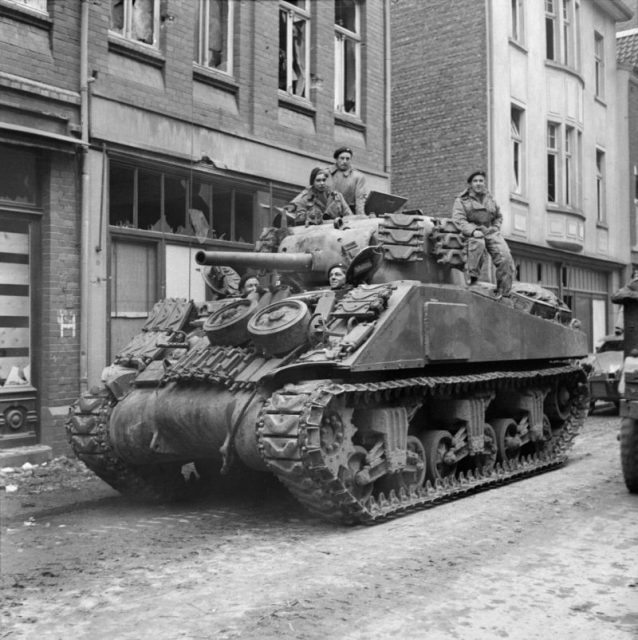
The author takes us through the genesis of armoured warfare practiced by the US Army from the Great War through to the difficult years of the 1930s when doctrinal matters led to all manner of arguments and attempts to seek solutions to myriad problems created by decisions that failed to create any advantages.
We see the range of Great War era British and French tank designs adopted by the Americans before they began to develop their own. There is space for the designs of J Walter Christie and other characters before the gradual introduction of vehicles that would have an impact on the war to come.
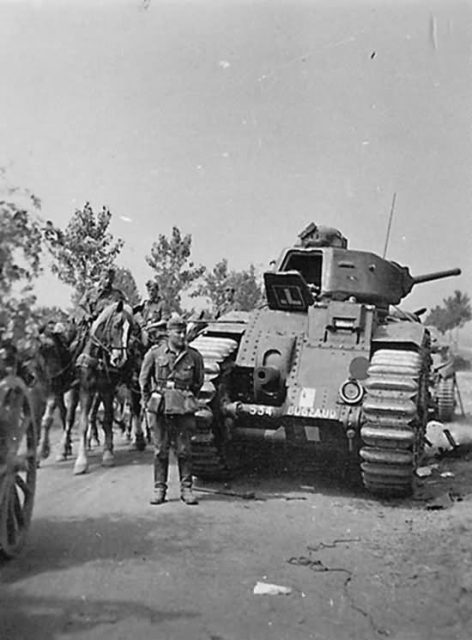
American military leaders were not slow to react to events in Europe and they were keen to learn lessons from the successes and failures of the Germans, British and French in terms of tactics and choice of equipment before implementing their own plans.
The Germans had shown that the concentration of forces within the structure of armoured divisions was the way forward but there was an awful lot to do before the US Army could field a division comparable in quality and balance to anything the Germans had. That the Americans achieved so much is testament to the United States’ industrial resources, impressive ‘can do’ spirit and the country’s military capability. The rest, as they say, is history.
![German tanks PzKpfw IV in Vitebsk, 130km from Smolensk.Photo: Bundesarchiv, Bild 101I-351-1427-21A Jakobsen [Jacobsen] CC-BY-SA 3.0](https://www.warhistoryonline.com/wp-content/uploads/sites/64/2018/09/german-tanks-pzkpfw-iv-in-vitebsk-130km-from-smolensk-photo-bundesarchiv-bild-101i-351-1427-21a-jakobsen-jacobsen-cc-by-sa-3-0-741x530.jpg)
As said, the Sherman does tend to dominate, but the wide range of variants of this particular tank together with the extensive amount of other vehicles and weapons listed on a Table of Organisation & Equipment go to show just how much went into operating an armoured division. That the United States could field sixteen of them by the end of the European war is really quite remarkable.
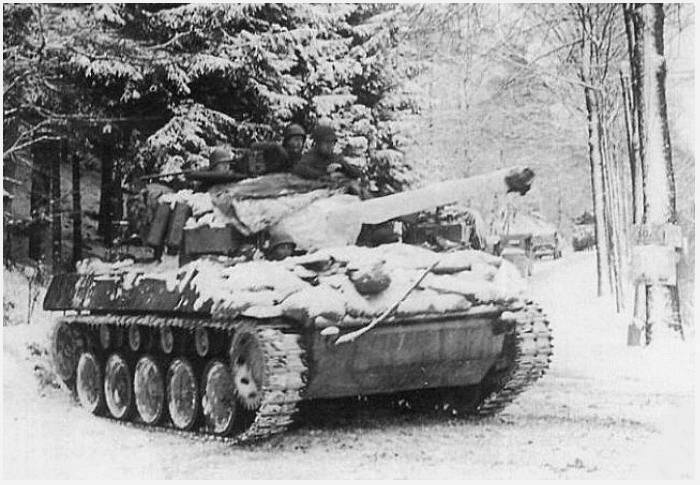
Michael Green really knows what he is about with this sort of stuff. The attention to detail is first rate and the author does a superb job of guiding us through the slings and arrows of the formative years when competing ideas for how best to proceed caused all manner of difficulties.
It shows that the kind of conservative thinking pinned on the French and British was not just confined to Europeans. But common sense prevailed and the Americans were able to adopt armoured formations that could take on the best the Germans had to offer.
A book full of photos of Shermans, M3 Lee, Chaffees, Pershings, Stuarts and a plethora of derivatives is all very nice, but the author is able to contextualise all this tank porn without leaving the pictures to do all the work. This allows the image captions to become a narrative of their own and this format always works best as far as I am concerned.
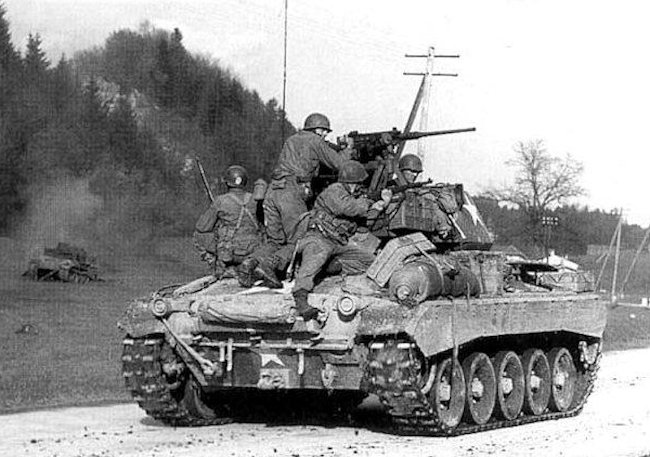
All in all this is a pretty solid piece of work brimming with excellent images accompanied by informative captions. The governing text works really well allowing the author to chalk this one up as a job well done. I would suggest this book makes a great place to start in understanding how the United States made armoured warfare against Nazi Germany before looking at the campaigns that saw total victory in the spring of 1945.
There are details and statistics, here, to appreciate how the war in Europe was won before we even begin to dig into the strategy and heroics of it all. Essential stuff.
Review by Mark Barnes for War History Online
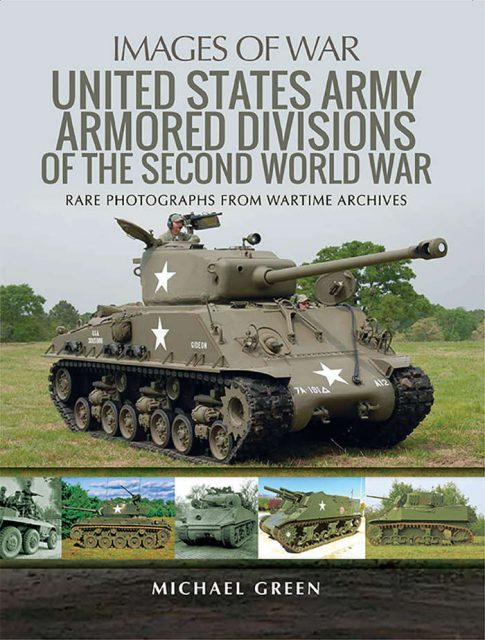
UNITED STATES ARMY ARMORED DIVISIONS OF THE SECOND WORLD WAR
By Michael Green
Pen & Sword Military
ISBN: 978 1 52671 752 2
